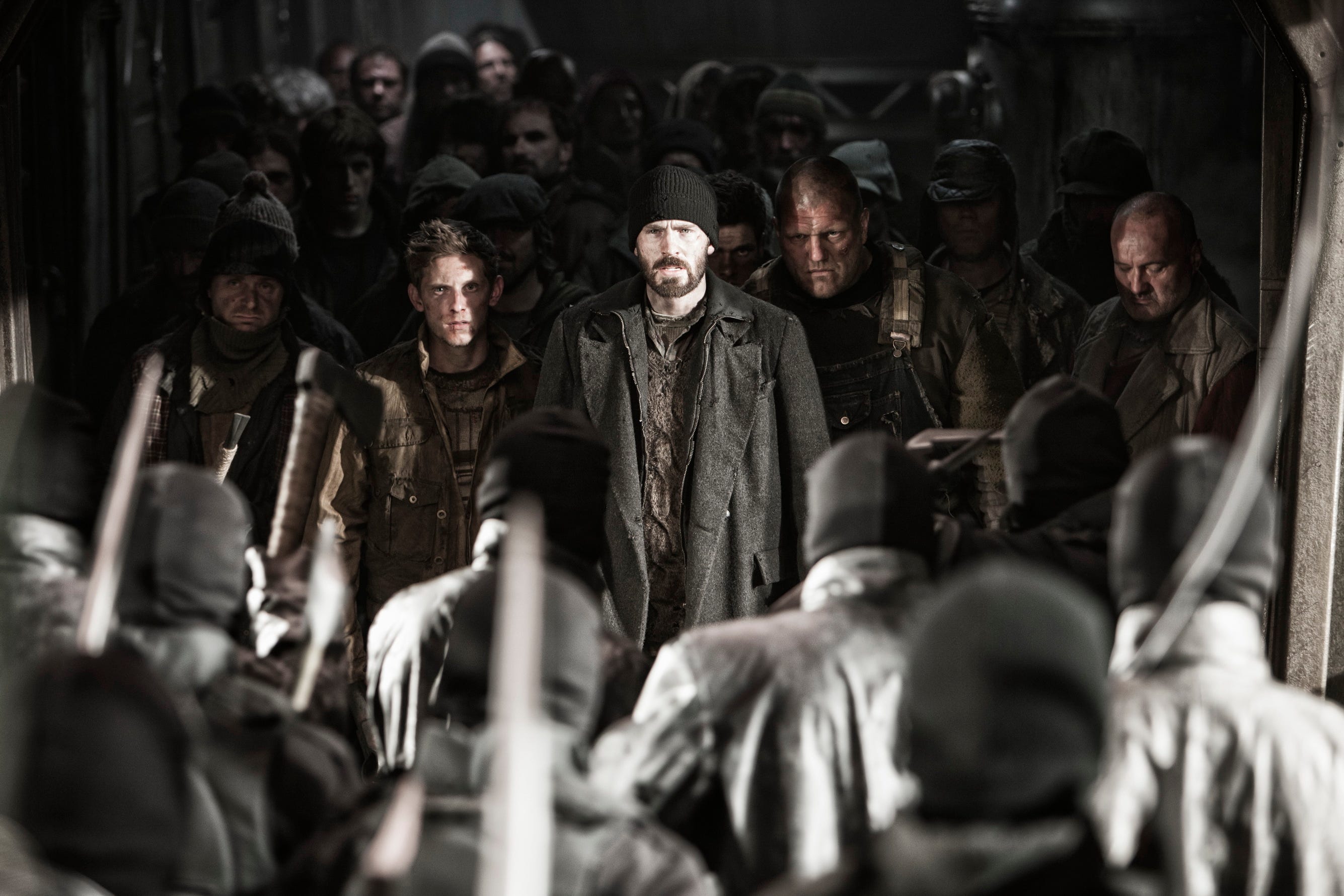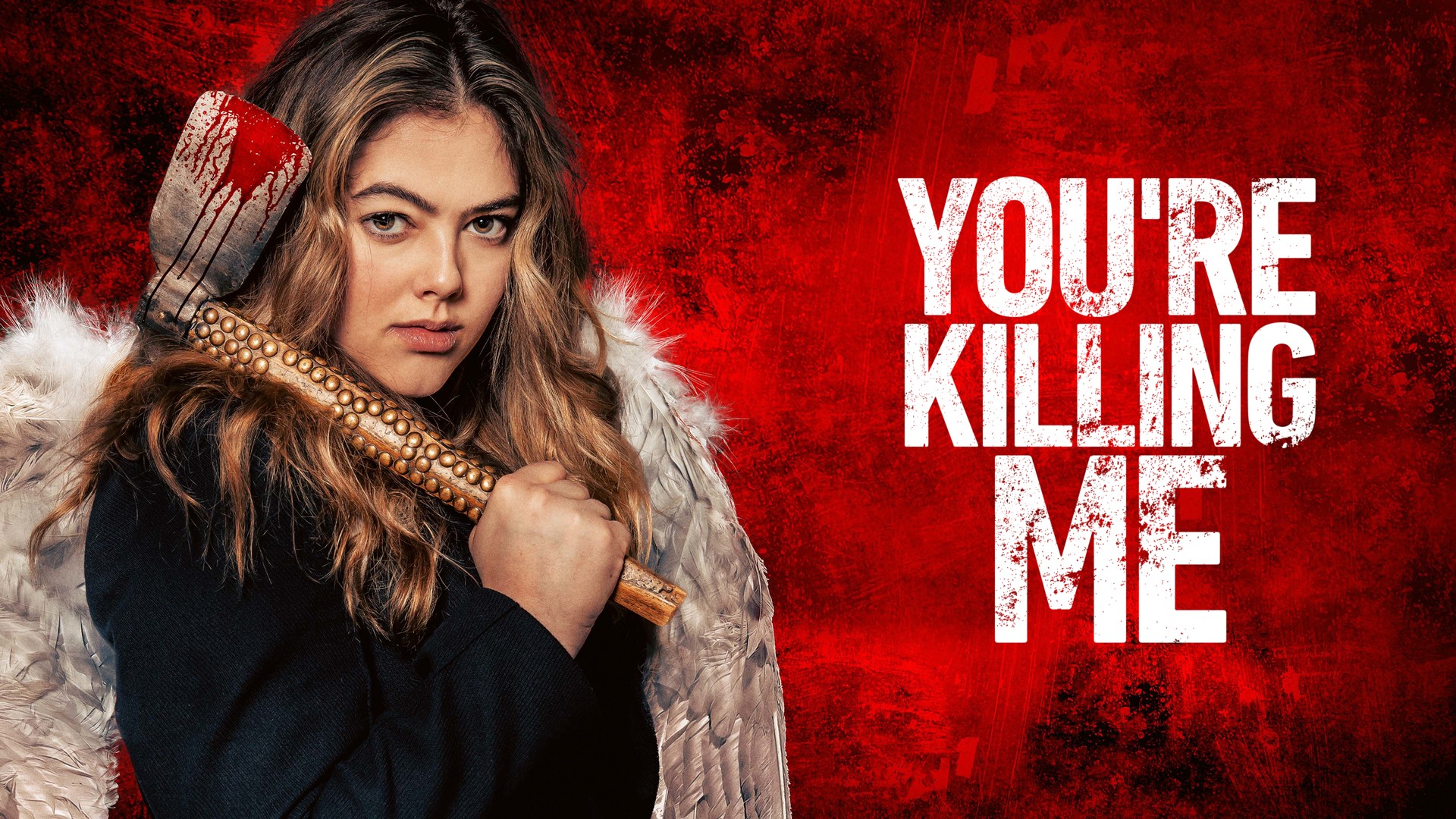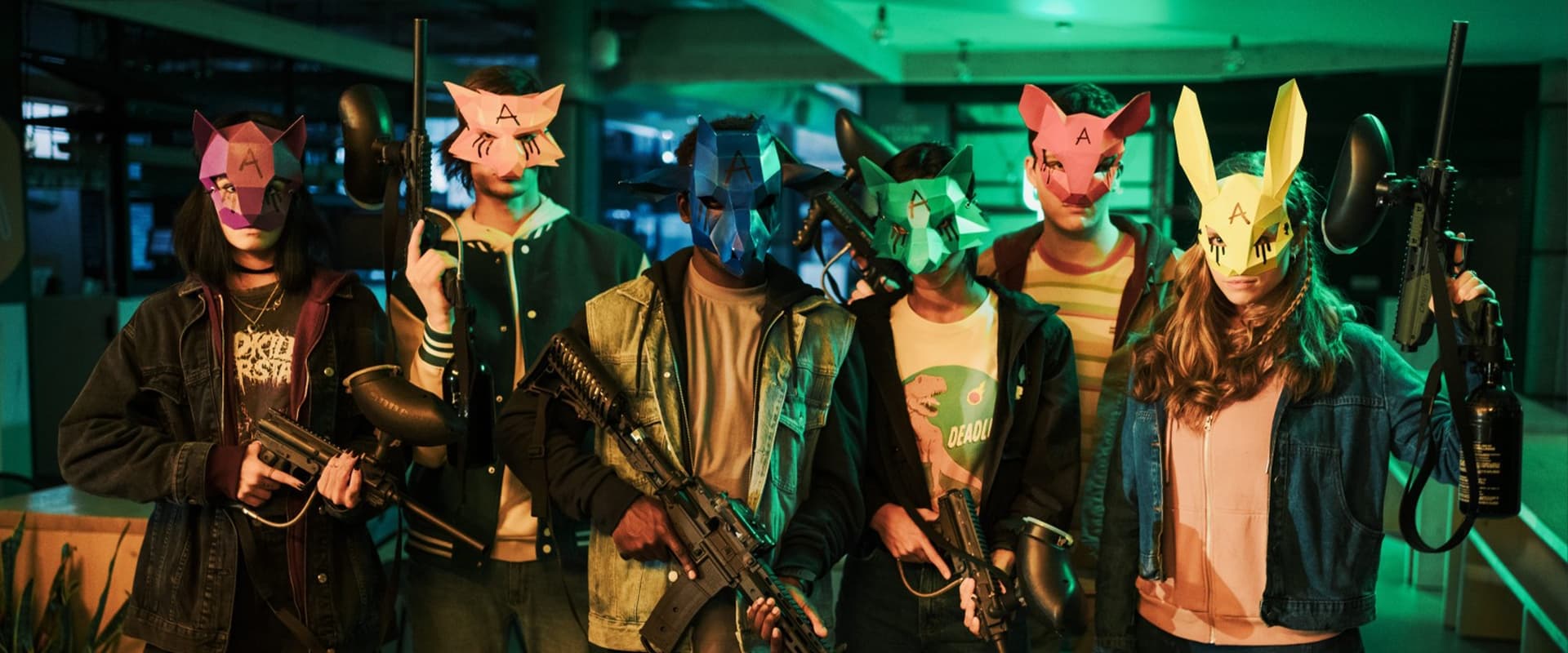When I first boarded Snowpiercer, I didn’t brace myself for a study in controlled chaos on rails—a high-concept apocalypse that whips by so quickly, you barely have time to clutch your sensibilities, let alone your popcorn. If, in the first ten minutes, you thought you were signing up for just another dystopian drudge, Bong Joon-ho’s locomotive vision, at once fevered and hermetically sealed, sets you straight: settle in, there are no real stops, and derailing is not on the menu.
Snowpiercer begins with a premise that’s as elegant as it is blunt: humanity reduced to the last shivering vestiges, now sorted into cattle car squalor and silk-lined privilege—all within the confines of a train that never stops. It’s an irresistible conceit, almost pompously neat—an entire society tumbling through the snow, the engine’s gears grinding out an endless echo of class struggle. Bong doesn’t just allude to inequity; he shoves your nose in it until you smell the rot. The tail is horror-movie Dickens, the front a grotesque Versailles on wheels, and the train’s endless forward motion makes the metaphor as subtle as a billboard. Yet, I confess, I was gripped from the first clang of metal and wail of wind.
Chris Evans, shorn of the American flag and all its righteous bombast, serves up his “Curtis” as a man chewed up by history—a reluctant prophet in battered boots, leading his misfit flock towards a promised land he half-believes exists. He’s a hero thick with shame and self-loathing, impressively more ragged than any Marvel matte painting would dare. John Hurt peers out from beneath his mythic eyebrows, the designated conscience of the rabble; Jamie Bell chirps and sprints beside him, the spirit of youthful insurrection in a world that’s gone sour. And then there’s Tilda Swinton—oh, what a confection! She marches on with a false jaw and strangled accent, turning Minister Mason into a mincing, bureaucratic sledgehammer. These are roles played as much for their textures as their arcs—some sharper than others, a handful left on the narrative back-burner too long to truly sizzle.
The miracle—or perhaps the mania—of Snowpiercer is its visual confidence. Each train car is a separate universe, more deranged than the last; one moment you’re suffocating in a slum, the next you’re spattered by cheap neon in a child’s classroom gone sinister. It’s as if the entire art department was hopped up on dystopian sugar and told, “Make it wilder.” Everything feels connected and yet feverishly claustrophobic—a post-apocalyptic funhouse mirror. You want to linger in the details, but the pace yanks you along, breathless, before the rotisserie chicken has time to spin.
Here’s where the train feels heaviest: subtle as a jackhammer. The film’s class allegory comes at you, not in soft murmurs, but with blaring horns and repeated blows. By the halfway mark, even the least-attentive passenger knows the score. If you missed it—well, the movie will come around again, just like the train’s perpetual circuit. Sometimes, the “lesson” feels bound as tightly as the rails—no detours, no variations, only the grinding repetition of revolution supreme. Bong’s intentions are as generous as they are relentless, but do we need quite so much sermon with our spectacle?
But if you’re fretting that this is just a two-hour TED Talk dressed as a train ride, let me assure you: Bong cooks up violence as tactile spectacle, kinetic and muddy. The fight scenes—oh, the glorious, bloody shout of them—play like the deranged offspring of Oldboy and an arcade beat-’em-up. Evans thrashes and flails, the choreography cheerfully winking at its own delirium. Still, the reality is stretched—sometimes the adversaries are little more than boss battles with a costume budget—but you’re never bored, and the popcorn keeps flying.
And just when you’re breathless, expecting your promised fireworks, Bong lets the train coast, and you’re left in a hush—more philosophical sigh than explosion. The revelations at journey’s end are less boom than whimper, a choice that will divide the crowd in the aisles: some will mumble about anticlimax, while a few will savor the unexpected chill. The destination feels uncertain, perhaps unsatisfying, but undeniably gutsy.
Is Snowpiercer another rattling entry on the endless line of dystopian misery, or is it a flickering neon signpost on the dark track ahead? For me, it’s a glorious mess: the message hammers and hounds, but the execution is so tactile—and every car so meticulously absurd—that I couldn’t help but delight in the extremity of it all. Bong’s train is a closed ecosystem, a pressure cooker, a funhouse ride through doom, and while I staggered off more dazed than transformed, I was grateful for the ticket. Here, even the moments of cold detachment are—somehow—a combustible joy.


